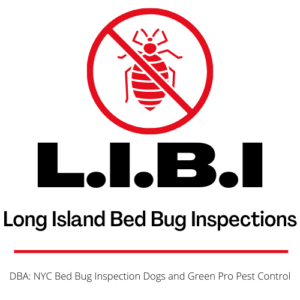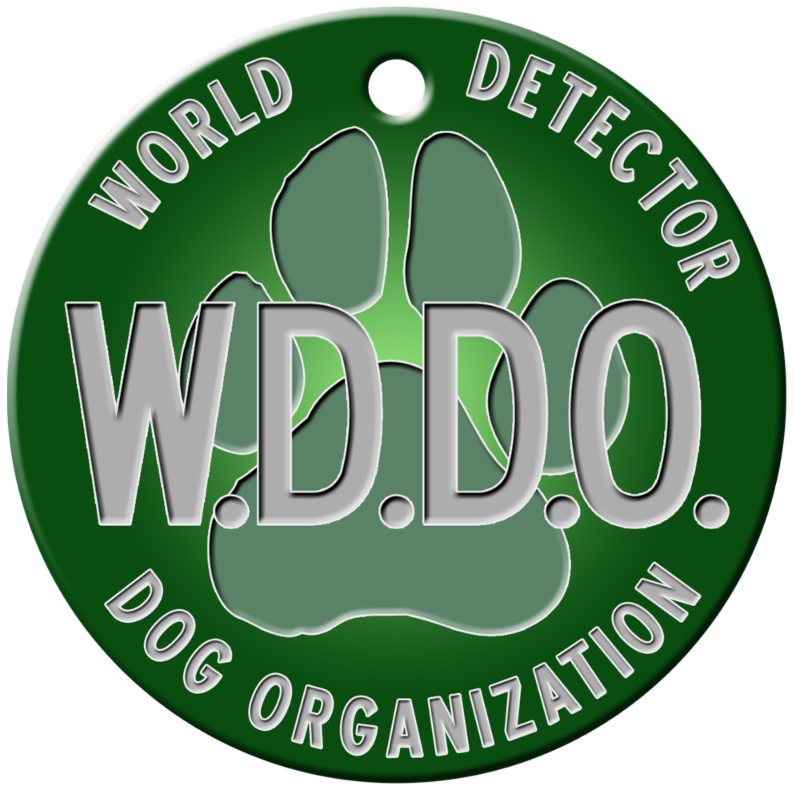Americans across the country have been experiencing an unexpected, and wholly unwelcome, resurgence in bed bug infestation over the last several decades. Once considered a pest of the past, bed bugs have returned in full force to worry homes and families from coast to coast. In fact, according to the latest statistics, one out of every five Americans has experienced a bed bug infestation of their own or knows someone that has. Those are, quite frankly, staggering numbers.
The emotional toll of a bed bug infestation should not be ignored. These pests are difficult to eradicate, and their penchant for hiding in cracks and crevices make them all but impossible to find. That’s why it’s so important that we learn how to recognize the telltale signs of a bed bug invasion, and that includes learning to identify baby bed bugs before they grow up and spawn new colonies of invaders.
Nymphs – aka Baby Bed Bugs
Baby bed bugs, also called nymphs, are similar in appearance to adults apart from size and color. After hatching, baby bed bugs will pass through five stages of development before they reach adulthood.
Fist stage nymphs are tiny creatures, typically no bigger than 1/16 of an inch in length. They are pale with a yellowish-white coloring. Baby bed bugs have mostly translucent bodies and when they feed their abdomens will turn reddish brown with the blood of their victims.
As bed bugs pass from their second stage to their final fifth stage their size will progressively become larger and darker in color. As they reach adulthood they will develop a dark brown spot in their abdomen. This marks the end of their growth cycle, with the adult bed bug clocking in at roughly ¼ inch in length.
Bed Bug Shells – aka Casings or Exoskeletons
A baby bed bug’s casing, or exoskeleton, does not grow as the nymph grows. Consequently, as the fledgling bed bug passes through its five stages of life into adulthood they must periodically shed their outer shells. A bed bug’s discarded exoskeleton looks much like the bed bug itself, though with flatter and more translucent than a living bed bug due to the lack of body within. The color of the molted shells will range from a dirty yellow to a light brown.
If you are finding discarded exoskeletons in your home or office you most definitely have a bed bug invasion on your hand. The colony is clearly breeding, and the baby bed bugs are strong and healthy enough to pass through the cycles of life into the species’ adulthood. Now is the time to contact a professional bed bug removal service and launch a concerted campaign of bed bug elimination.
Do Baby Bed Bugs Bite?
This is one of the most commonly asked questions concerning baby bed bugs. The short answer is “Yes, baby bugs most certainly bite”. Nymphs begin to feed almost immediately, and you and your family are their preferred source of nutrition. In fact, if you find you are being bitten by bed bugs the chances are fairly high that babies are the culprits. Young bed bugs need food to survive and grow, so they must feed more often than their adult counterparts who can survive for longer periods of time without a blood meal.
Baby bed bug bites will have the same appearance as adult bites. They typically appear in clusters of two or three bites, and have a raised and reddish welt-like appearance. Most victims of a bed bug bite find the affected areas sensitive to the touch and extremely itchy. People who have a lower tolerance to bed bug bites may also find that the bites themselves develop into tiny blisters, which can take weeks to subside.
Baby Bed Bugs are a Sure Sign of Invasion
Bed bugs typically find their way into people’s homes and offices by hitching a ride on pants legs, topcoats, or luggage. These invading insects are almost exclusively adults, as nymphs do not have the strength or wherewithal to survive such an ordeal. So, it is extremely unlikely that any nymphs would be found in isolation in a new environment.
If you are starting to notice any of the signs of baby bed bugs in your home or workplace there is a very strong chance that you will be dealing with a full-scale infestation. The original invading bed bugs have had time to breed and new generations of bed bugs are working their way through their life cycles and on into adulthood.
Now is the time to take affirmative action. Contact a reputable bed bug removal service and schedule an inspection as soon as possible. Work with your inspection and removal experts to develop and attack plan that will eradicate the infestation from your home or office. The longer you delay, the more difficult it will be to successfully eliminate the invading bed bugs.
Published by Scott Palatnik
If you believe you’ve brought bed bugs into your home or office, give us a call, we can help!
Now with 2 locations. On Long Island @ 516-619-6149, or in NYC @ 212-299-9186
We are Long Island Bedbug Inspections.
Your Bedbug Inspection, and Elimination solution.


